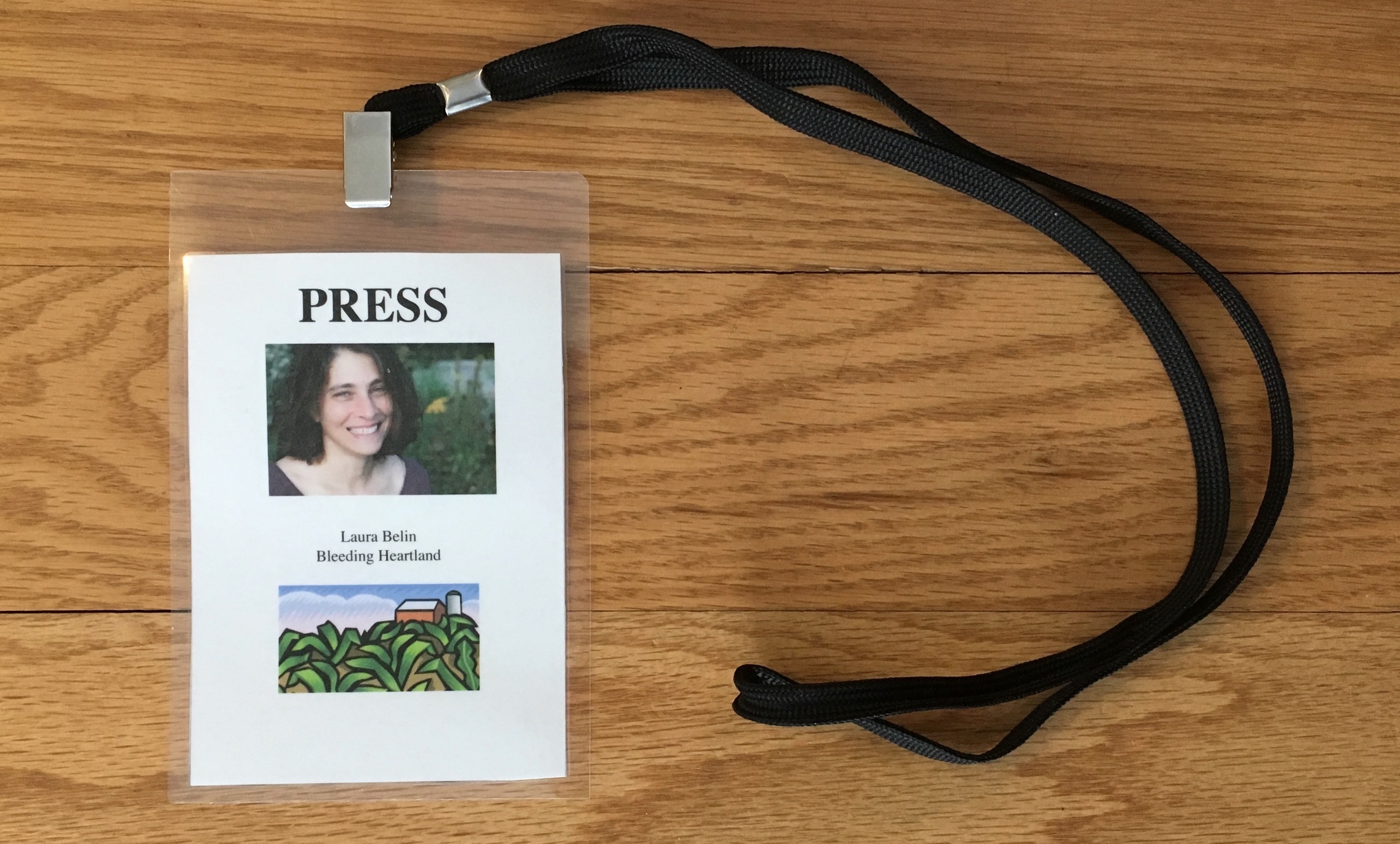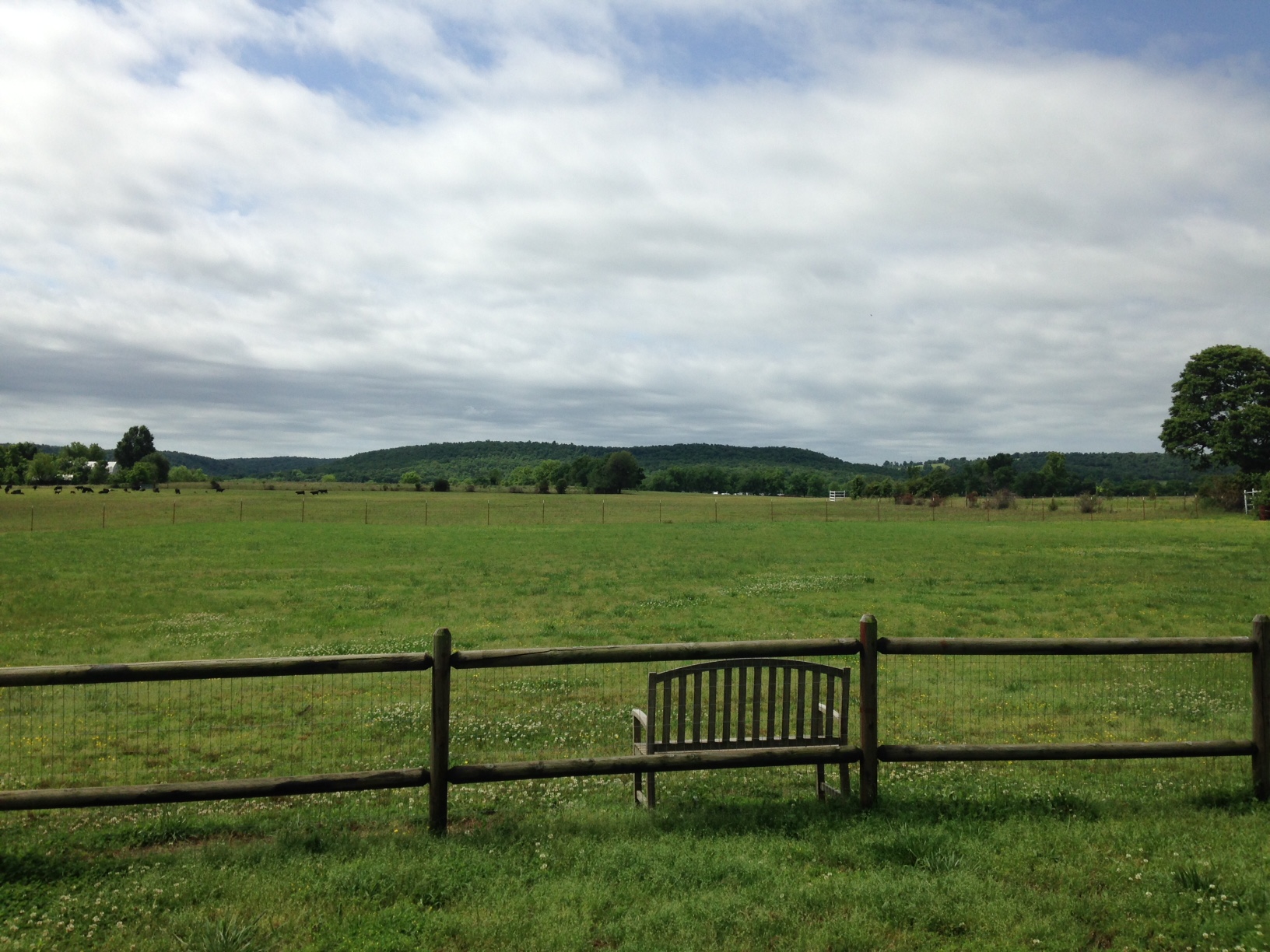Tom Witosky, a citizen of the Cherokee Nation, reflects on threats to tribal sovereignty and Senator Elizabeth Warren’s claims to Native American ancestry. -promoted by Laura Belin
One cold winter day, my maternal grandfather, Cliff King, and I went for a long walk.
Late afternoon in Wisconsin with sunlight fading and snow crunching under our feet, we talked about a lot of things as a bracing breeze out of the north slapped our faces red. This walk was a necessary one for Cliff, who liked to walk outside because it was the only time he could get a chaw of tobacco out of from under the watchful eye of my grandmother and my mother.
He offered me a chunk and – having done a bit of it during my summers in an Idaho logging camp – I accepted. We walked quietly for a while, this man who had been born in the Indian Territory before Oklahoma had become a state and before he was recognized as a U.S. citizen and his grandson, now a college student.
Continue Reading...




















